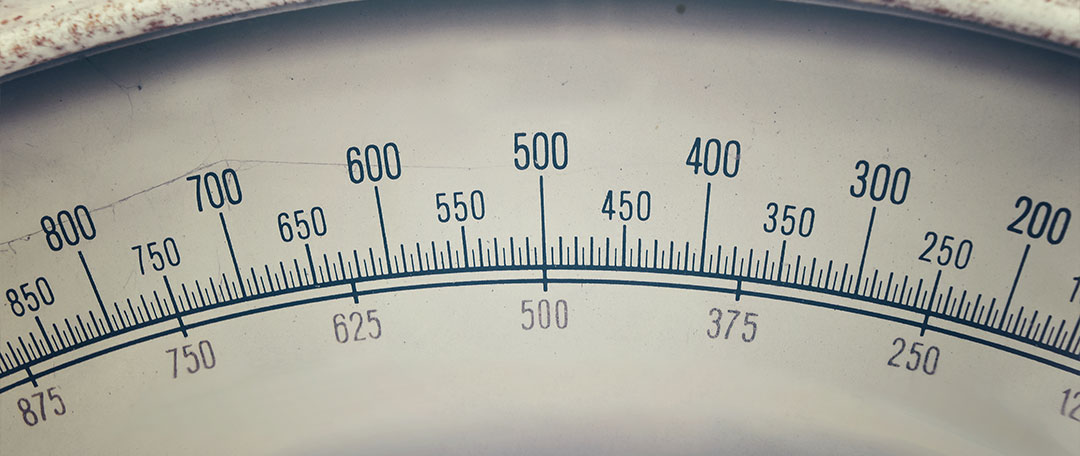How to Read a Pool Filter Pressure Gauge
Guide to Filter Pressure Gauges
When information technology comes to swimming pool maintenance, few things are every bit important equally the filter: Your filter system keeps your pool h2o sparkling clean and costless of debris and harmful bacteria. It helps ensure that your chemicals work effectively and your water is counterbalanced.
This is a large job, and your pool filter can't do it solitary. If you want to keep your filter operating at peak performance, you'll need to larn how to take care of it properly. We'll start with ane of the virtually of import – but nearly often overlooked – parts of pool filter maintenance: Learning to read and understand the force per unit area gauge.
A pool filter pressure guess is the gadget that reads the amount of pressure level building up inside your filter. A typical pressure gauge is round, with an indicator needle and a maximum reading of sixty PSI.
Know the Lingo: Pounds per Square Inch
Pounds per foursquare inch – sometimes called "PSI" for short -- is a unit that is used to read air, gas, or liquid pressure. Even if you're new to pond pools, you might be familiar with PSI from measuring the air pressure in your car's tires.
Agreement Your Pressure Estimate: Know What'south Normal
Pressure gauges aren't terribly complicated devices, but they play a disquisitional role in your filter's performance. Pressure keeps the water moving through your filter system -- and then when your water pressure level is as well loftier or as well depression, your h2o quality will endure.
The first step in agreement your force per unit area gauge is knowing what is considered a normal PSI range for your filter. For pool owners, the normal range is around ten PSI; check your owner'due south manual for more information.
Once you know what's normal for your filter, arrive the habit of checking the pressure gauge once a week as function of your puddle maintenance routine. Every bit long equally the water force per unit area is in the "normal" range, you tin can rest assured that your pool filter is in skillful working condition.
What should the pool filter pressure gauge read?
When it comes to swimming pool filter systems, all systems operate a fiddling differently. Check with your manufacturer or ask your puddle professional to notice out what'due south considered "normal" for your model.

Pressure Too High? It's Time to Clean the Filter.
Generally, if your pool filter h2o pressure rises more than than 10 PSI over the normal range, it's fourth dimension to clean – or possibly even supersede -- your filter. For most filters, 20 or xxx PSI is considered too high, but you should consult your pool professional person to make sure that's true for your model.
If yous've cleaned the filter recently and yous're still showing an above-normal PSI, check for leaks in your filter organization.
Meet Your Pressure Gauge'southward BFF: The Air Relief Valve
The air relief valve works hand-in-hand with your pressure gauge to proceed your filter running smoothly. The air relief valve provides a much-needed outlet for releasing air that gets into your filter system, causing pressure to ascent. In general, yous desire to release air through this valve after any maintenance activities that could introduce air to your system, such as cleaning or backwashing your filter.
Pressure Too Low? Look for Blockage
If your pressure estimate indicates that the PSI is lower than normal, you may exist dealing with blockage: Check your skimmer baskets and all the lines in your filter, and articulate out any large debris or clogs. A few other common causes of low pressure bug? Your pool'south h2o level might be too low or your pump might be as well small. And don't forget to check for leaks. Depending on where they're located, holes or leaks can crusade low pressure, too.
The Three Types of Pond Pool Filters
Every swimming pool arrangement – salt water or fresh; inground or above-ground; vinyl, gunite, or fiberglass – needs a filter. There are hundreds of models to cull from, just all of them fit into one of these 3 categories:
Sand Filters – Inexpensive and easy to operate, sand filters remove dirt and debris through a procedure chosen "backwashing," which basically means flipping a switch to reverse the water flow.
Cartridge Filters – Cartridge filters remove more dirt and debris than sand filters, and they don't crave backwashing. Instead, you but remove the cartridge when information technology becomes too dirty and hose it off.
Diatomaceous Earth (DE) Filters – Like a sand filter, a DE filter requires backwashing. Nevertheless, unlike sand filters, DE filters only need to be backwashed a few times a year. DE filters are expensive, but their filtration capabilities, superior to both sand and cartridge filters.
Replacing Your Pressure Gauge
If you're getting incorrect or inconsistent readings – for example, your PSI is sky-high one day and well below normal the next, or your guess is reading high or depression for no reason – it may be time for a replacement. Yous should also supercede your puddle filter pressure gauge if information technology's cracked, rusted, or showing any other signs of wear.
The good news is pressure gauges are inexpensive and relatively easy to supplant. Y'all can buy a replacement at any big-box or pool supply store.
Pro tip: Recollect to turn the pump off and employ the air relief valve earlier you supervene upon your force per unit area gauge!
robinsoncleferts2000.blogspot.com
Source: https://www.swimmingpool.com/maintenance/pump&filter/guide-to-filter-pressure-gauges/
0 Response to "How to Read a Pool Filter Pressure Gauge"
Enregistrer un commentaire